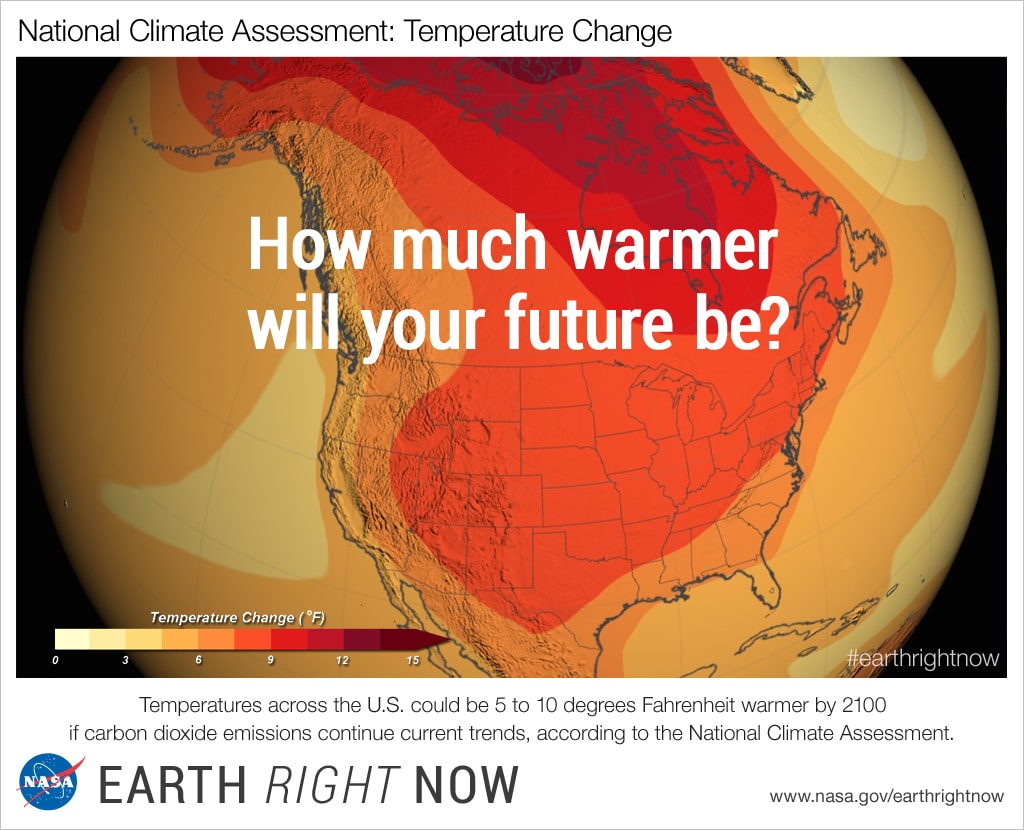This course presents the basic concepts of mechanics and introduces the various technical aspects of ocean renewable energy. Contents follow a logical sequence, starting with hydrodynamics and then separately examining each conversion technology, with special focus on tidal energy, offshore wind and wave energy, as well as current and ocean thermal energy conversion (OTEC). The authors explore key topics for resource characterization and optimization, such as monitoring and measurement methods and ocean modeling. They also discuss the sustainability, planning, integration and distribution challenges for the implementation of these technologies, including co-location with other systems.
Case studies of ocean energy sites and devices allow for a better understanding of how ocean energy conversion works in real-world settings. This book is an invaluable resource for students at the graduate and senior undergraduate levels of engineering studies (ocean, mechanical, and civil) and oceanography with prior knowledge of fluid mechanics and mechanics of materials. However, the EUCLID course does not require mastery of the engineering and mathematical formula, only general concepts from the prospective of high level energy policy.
The course also covers issues of international and legal governance of maritime energy projects, as well as the US perspective on a possible vision to better unleash water-energy resources into the national US energy mix.
Textbooks:
Fundamentals of Ocean Renewable Energy (E-Business Solutions)
Ocean Energy (Earthscan Oceans)
Tidal Power: Harnessing Energy from Water Currents


